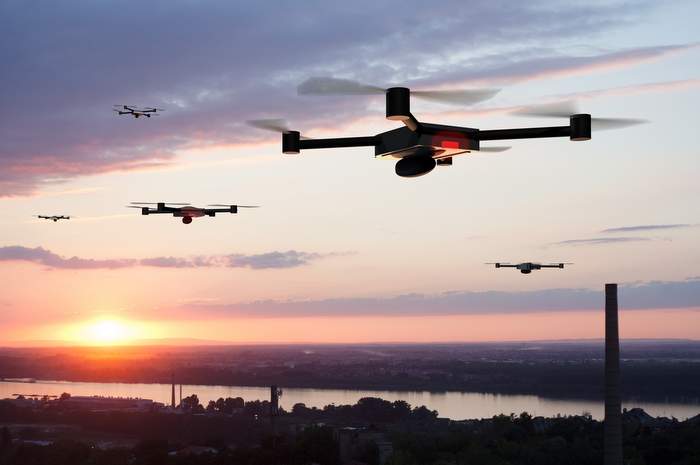Both New York State Energy Research and Development Authority (NYSERDA) and the Massachusetts Clean Energy Center (MassCEC) have approved shading tools from Scanifly, a solar software platform that uses drones and 3D modeling to automate site surveying and design, as a verifiable method for solar system design and analysis. To gain acceptance, the state agencies reviewed numerous solar projects designed in Scanifly’s software of varying sizes and geographies. NYSERDA and MassCEC’s validation means that solar companies using Scanifly can now obtain incentives and financing – significant economic benefits – for their projects.
How it works
Scanifly’s proprietary tool is the first drone-based software solution to be approved nationwide. With Scanifly, system designers can analyze their projects with real-world context within inches of accuracy. They do not have to rely on satellite imagery, guess the heights of trees and other obstructions, or hope their handheld tools work once on the roof. Solar installers using Scanifly’s process can reduce surveying and design time by up to 90%, because they don’t have to climb on the roof until construction, and, since the site’s characteristics are automatically included in the software, only one truck roll is needed.
The workflow entails three simple steps:
(1) Site surveyors fly a drone capturing pictures of the site’s features. This takes on average 10 minutes for residential properties and 20 minutes for commercial ones;
(2) Surveyors upload the drone imagery directly to Scanifly’s software, which automatically creates a to-scale, virtual replica 3D model of the site;
(3) PV system designers click anywhere in the 3D model to generate a solar access viewshed, thus automatically creating a bankable shade report.
— Solar Builder magazine


Leave a Reply
You must be logged in to post a comment.